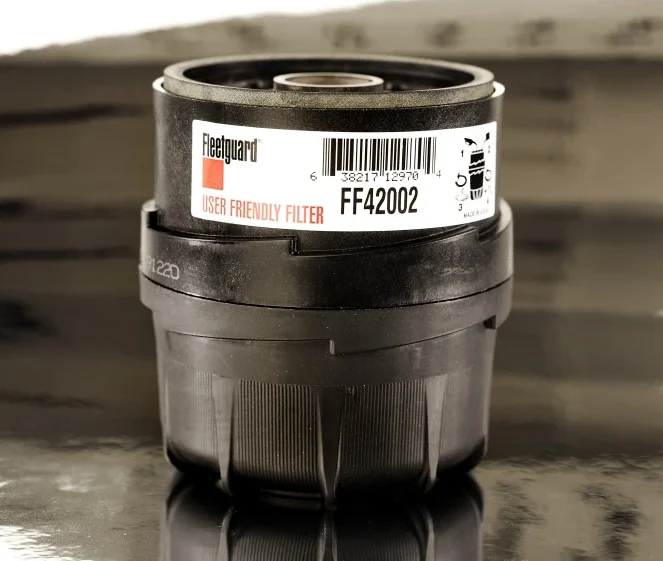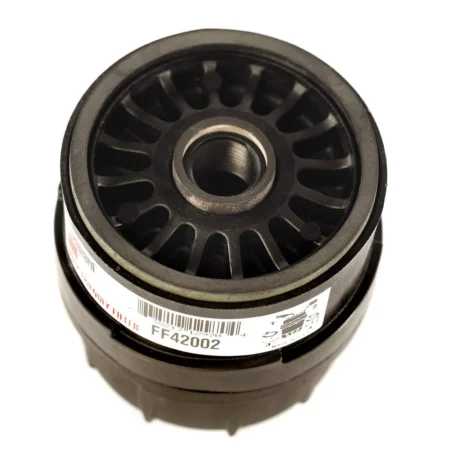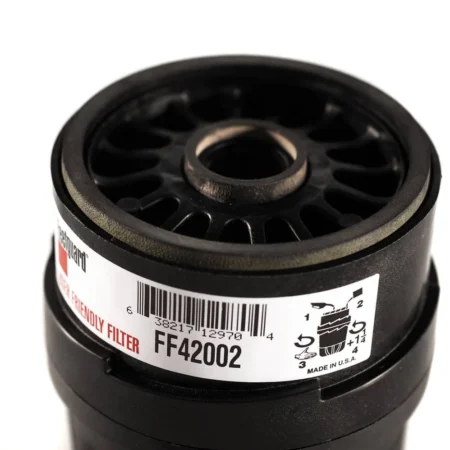Cummins Filtration Fuel Filter
Cummins Filtration partnered with Catalyst to bring new life to an old product line. Steel canisters have been used to filter fuel and oil in engines for more than 80 years. Prior to this project, very few enhancements had been achieved in the design or performance of industrial fuel filters. Steel canisters have proven to be expensive, heavy and damage prone. They operate in a harsh environment of drastic temperature changes, harsh chemicals and vibration. Traditional filters were designed for a single use with a single application for every SKU. These limits diminish the benefits of contemporary “just–in-time” manufacturing. There were serious challenges to developing a cost-effective, modular filter that could be manufactured and marketed anywhere in the world. Instituting an industry-wide paradigm shift would require unique innovation. Catalyst created a modular, all-resin filter for the Fleetguard User Friendly brand. The design incorporates unique features never imagined before on legacy metal casing diesel fuel filters.
The Catalyst design team started by using immersive research to understand the widely accepted design of the conventional filter. Opportunities for improving the current design emerged during “Voice of Customer” interviews with end users and service center technicians. After defining the limitations of metal canisters, Catalyst designers explored completely new methods and developed unique features. Traditional steel filters are normally filled with fuel or oil prior to installation. Our research revealed that the dome shaped filters routinely fell over prior to installation, creating a mess and requiring refilling. A unique solution to eliminate spillage was developed by molding ribs in the edge of the domed resin canister allowing the filter to stand on end. This feature was never an option in legacy metal filters.



